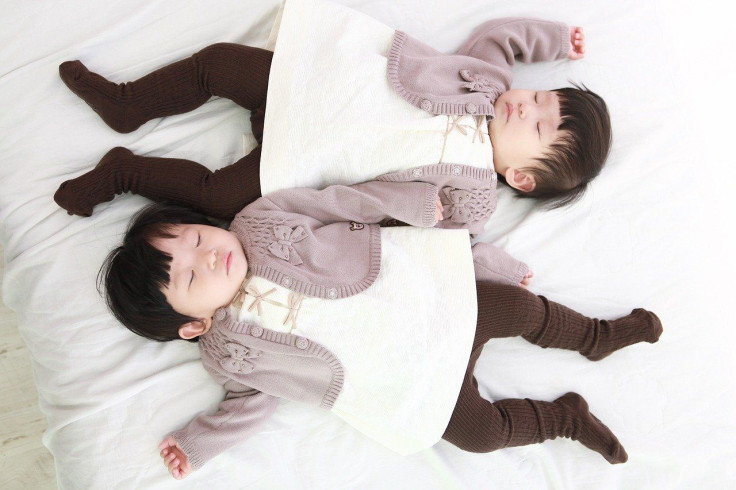Not A Clone: Identical Twins' DNA Not Really 100% Identical
KEY POINTS
- Identical twins are often used in "nature vs nurture" studies because of their similar DNA
- A new study found that their DNA may not be as identical as previously thought
- Identical twins' DNA differ by an average of 5.2 mutations, researchers found
Some identical twins may look like clones of each other, but a new study has found that they may not actually be as identical as they seem.
Unlike fraternal twins, who developed from separate fertilized eggs (zygote) and therefore share half of their genes just like regular siblings, identical twins develop from a single fertilized egg that separates into two. Because of this, it is believed that identical twins have minimal genetic differences, so the physical differences between them were assumed to be because of their environment, and not their genes.
"This assumption has been used throughout the centuries to disentangle the contribution of genetics and environment to disease and other phenotypes," the news release from Iceland's deCODE Genetics said.
For instance, NASA studied how long-term space travel would affect the DNA of astronaut twins Mark and Scott Kelly, with the latter having stayed at the International Space Station for nearly a full year.
In a new study, however, a team of researchers found that identical twins may not be as genetically identical as previously thought.
For the study, published in the journal Nature Genetics, researchers in Iceland sequenced the DNA of 387 identical twins (monozygotic twins), their parents, spouses and children. This way, they were able to have a full picture of the families' genomes and see which mutations were passed down to which twin and then to their offspring.
The researchers found that monozygotic twins' DNA were actually different by an average of 5.2 developmental mutations, and even higher in 15% of the twins. According to deCODE Genetics CEO and study co-author, Kari Stefansson, some of the twins even had up to 100 differences, the Associated Press reported.
"Our results indicate that allocations of cells during development shapes genomic differences between monozygotic twins," the researchers wrote.
Simply put, identical twins may not be so identical after all. In fact, the deCODE Genetics news release is entitled "Monozygous but not identical."
The results of the study show that some twins deemed to be "identical" actually have substantial genetic differences. These then shape certain factors such as how tall they will be or which diseases they are more susceptible to.
"The authors conclude that the role of genetic factors in shaping such phenotypic differences has been underestimated," the deCODE news release said.
This means that when identical twins are being used to determine the effects of "nature vs. nurture," it shouldn't be assumed that an environmental factor is behind the difference between supposedly identical twins.

© Copyright IBTimes 2024. All rights reserved.





















